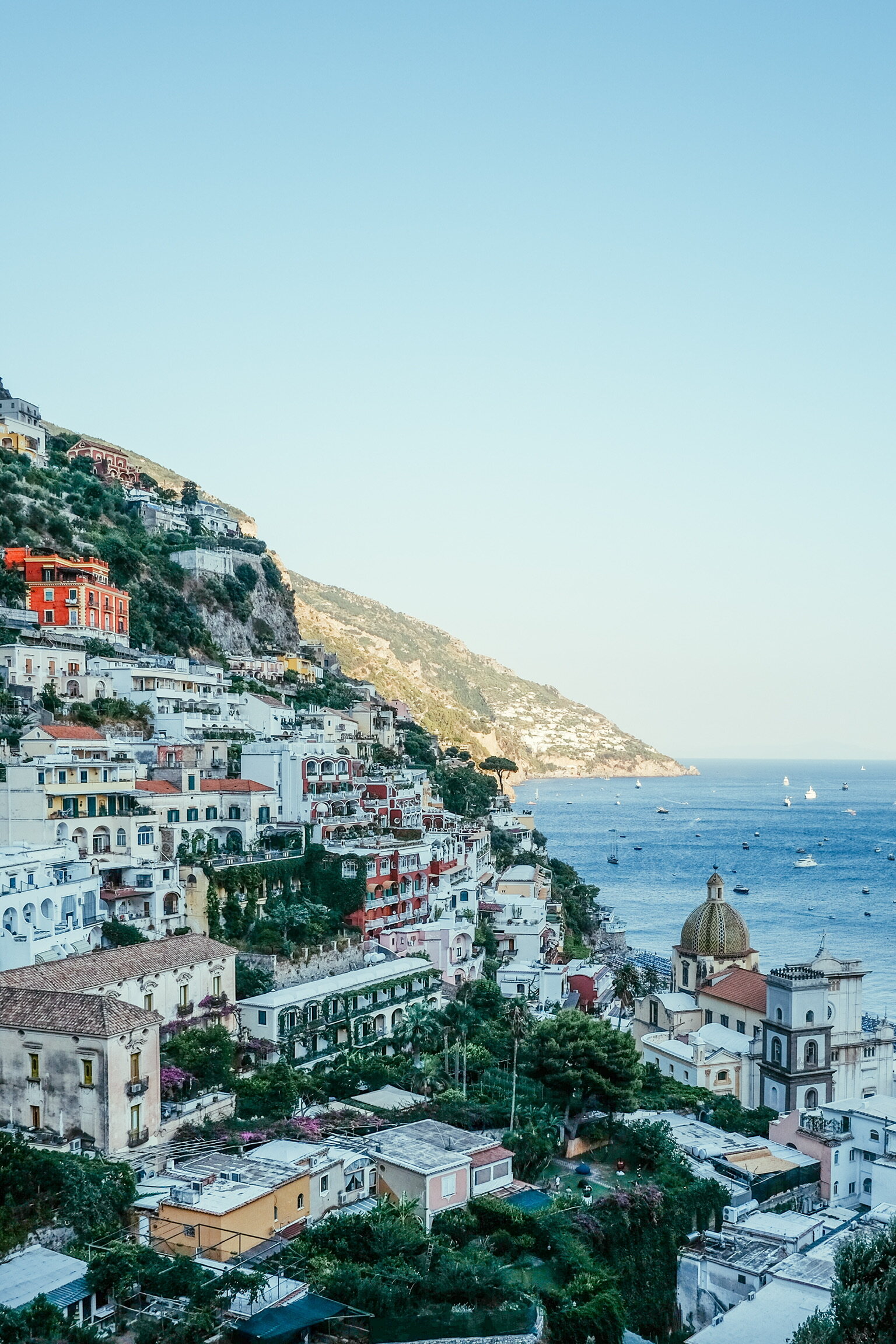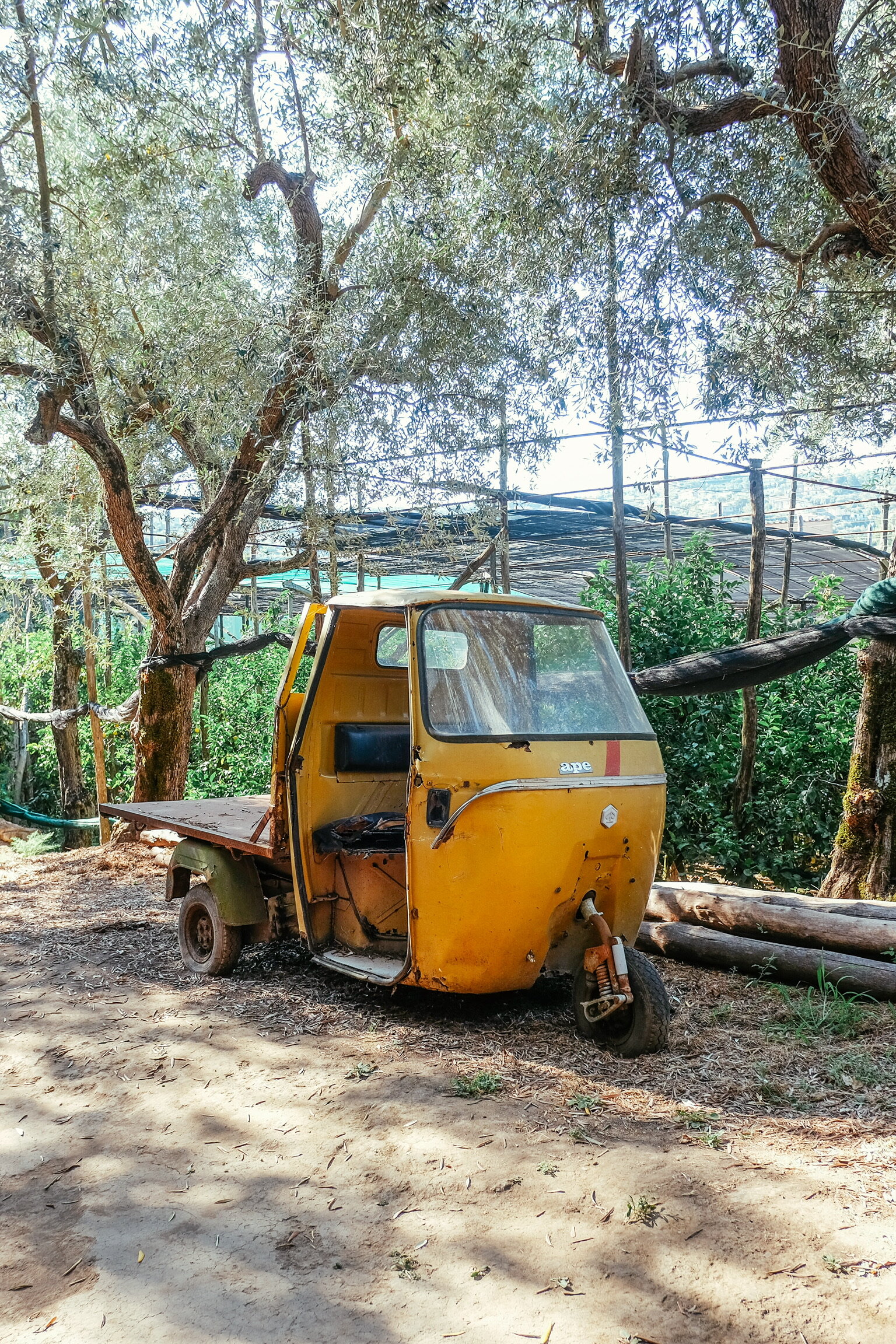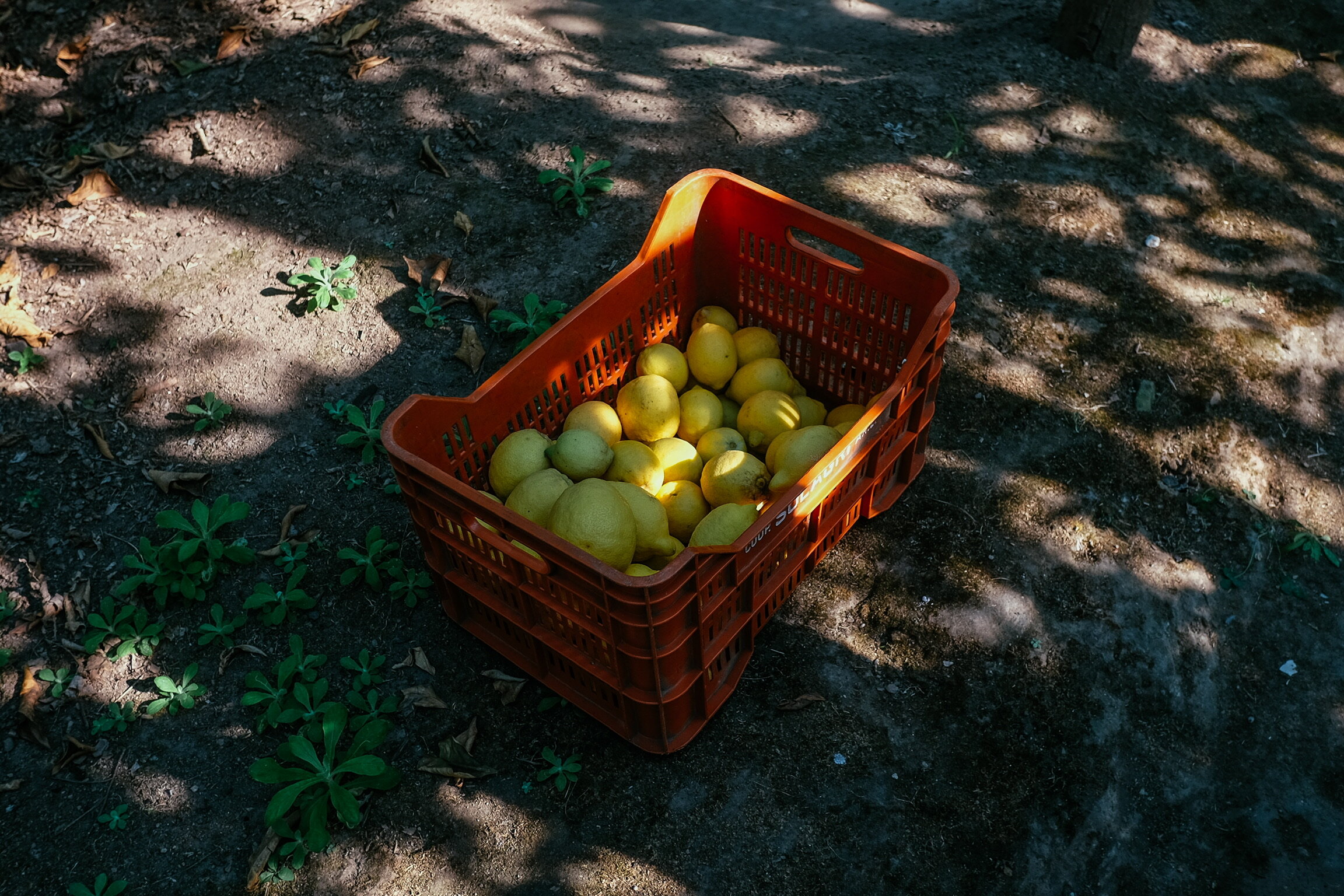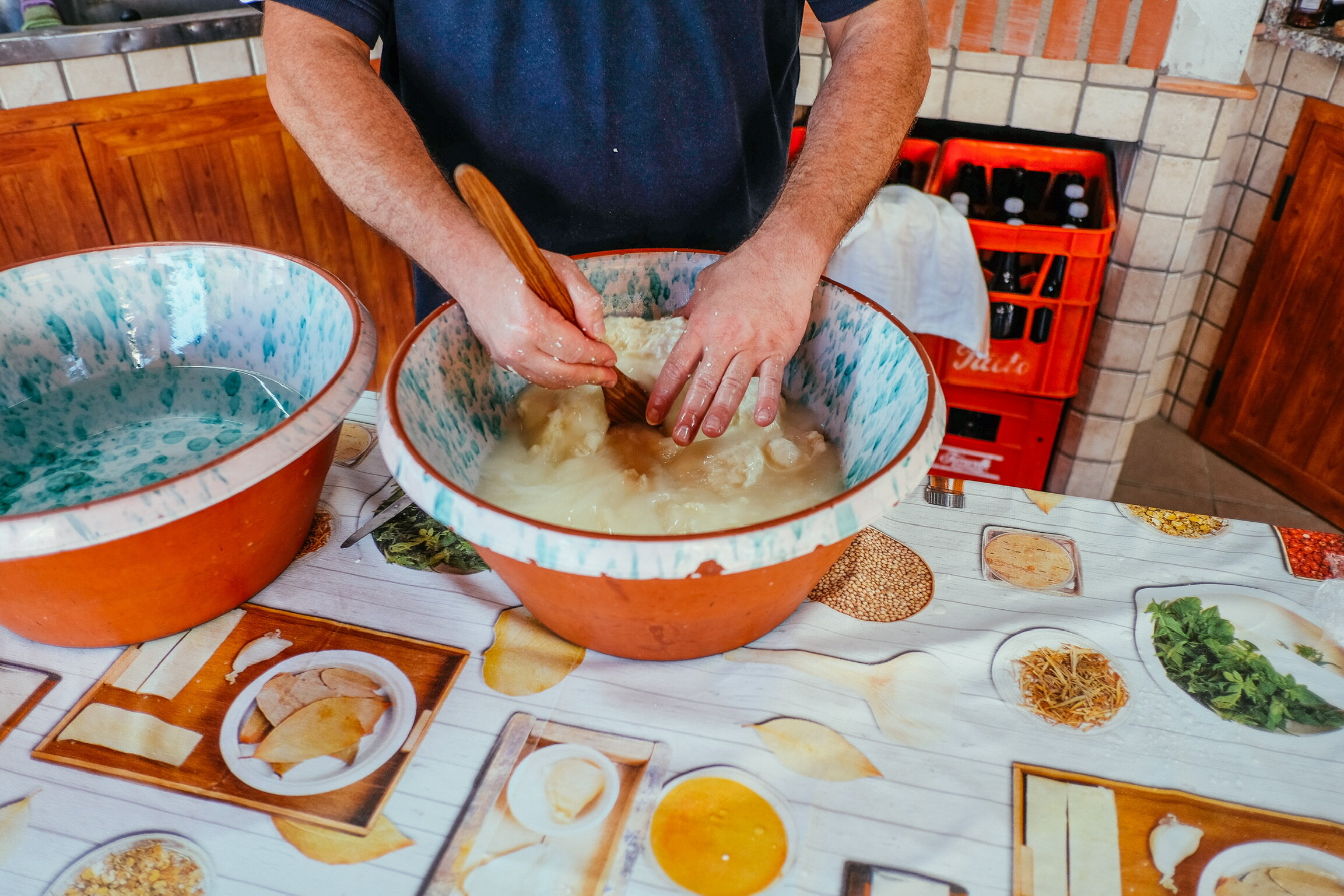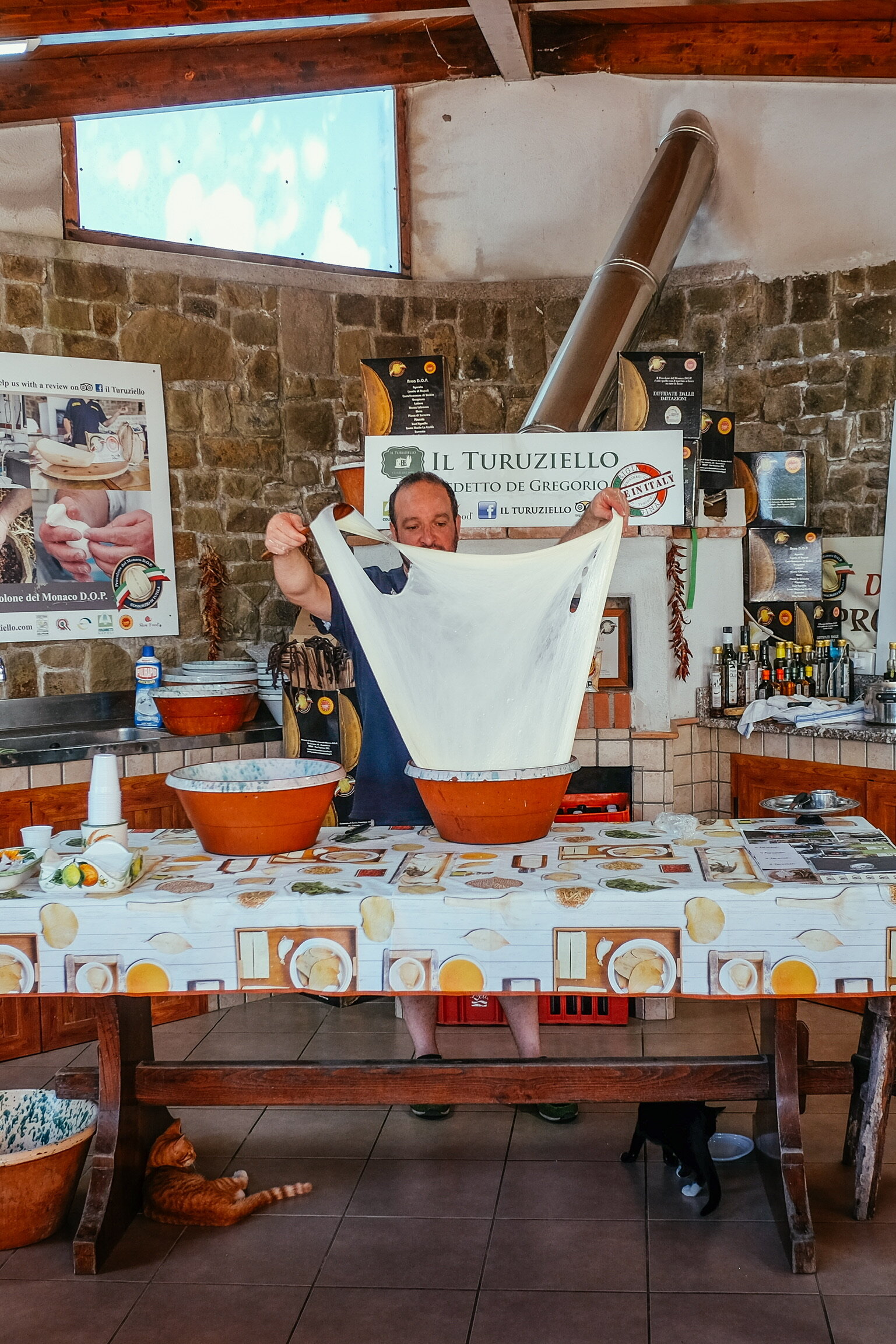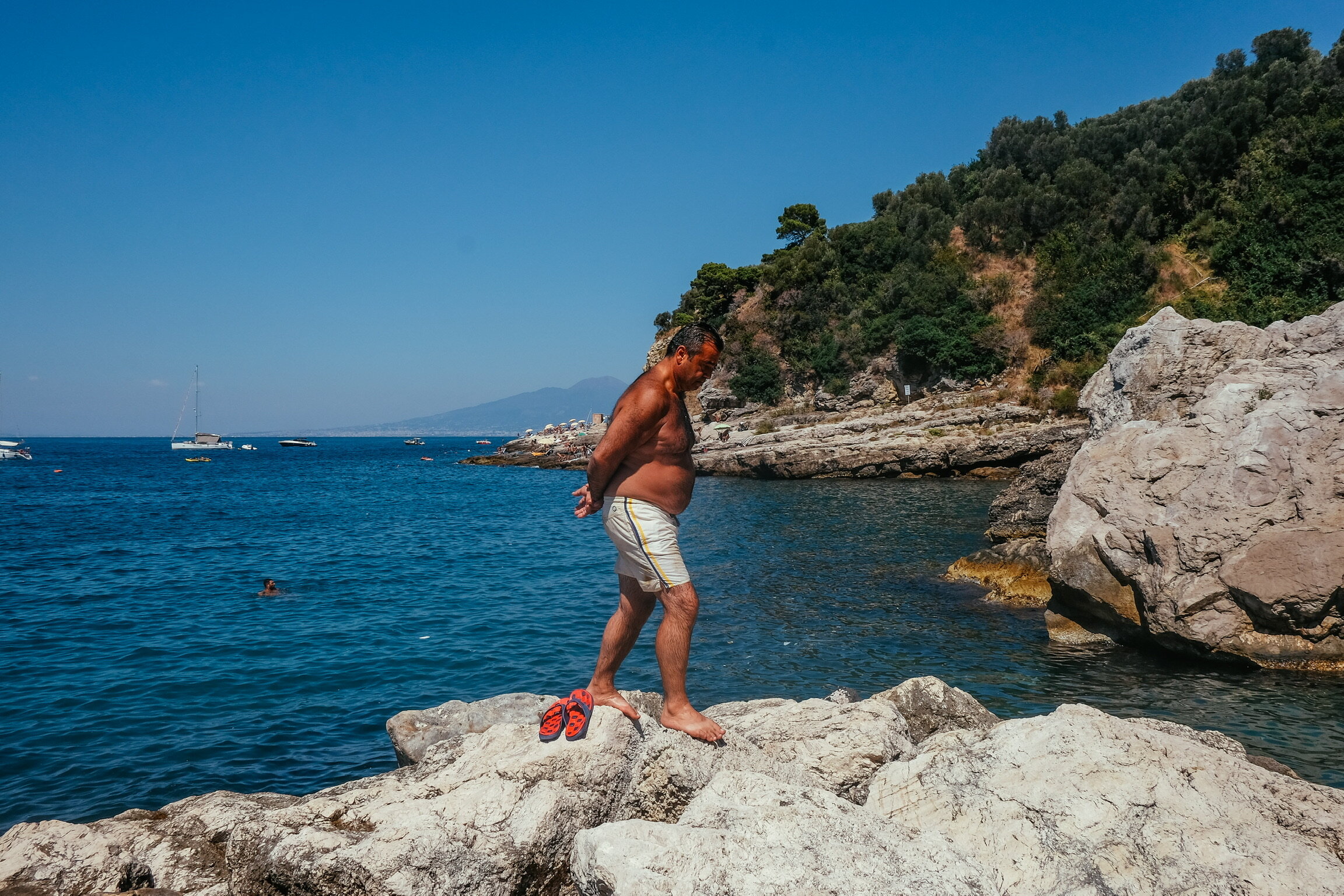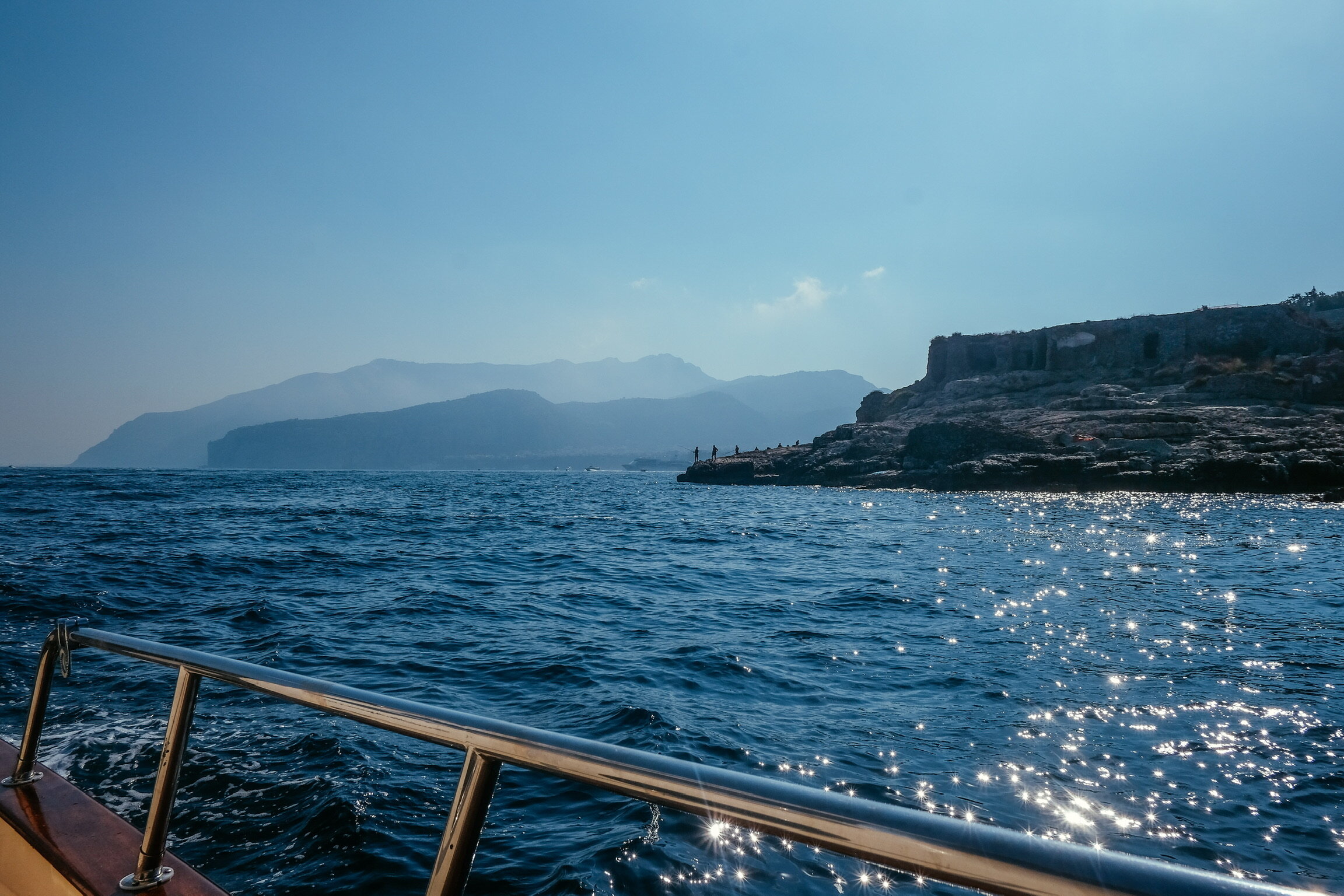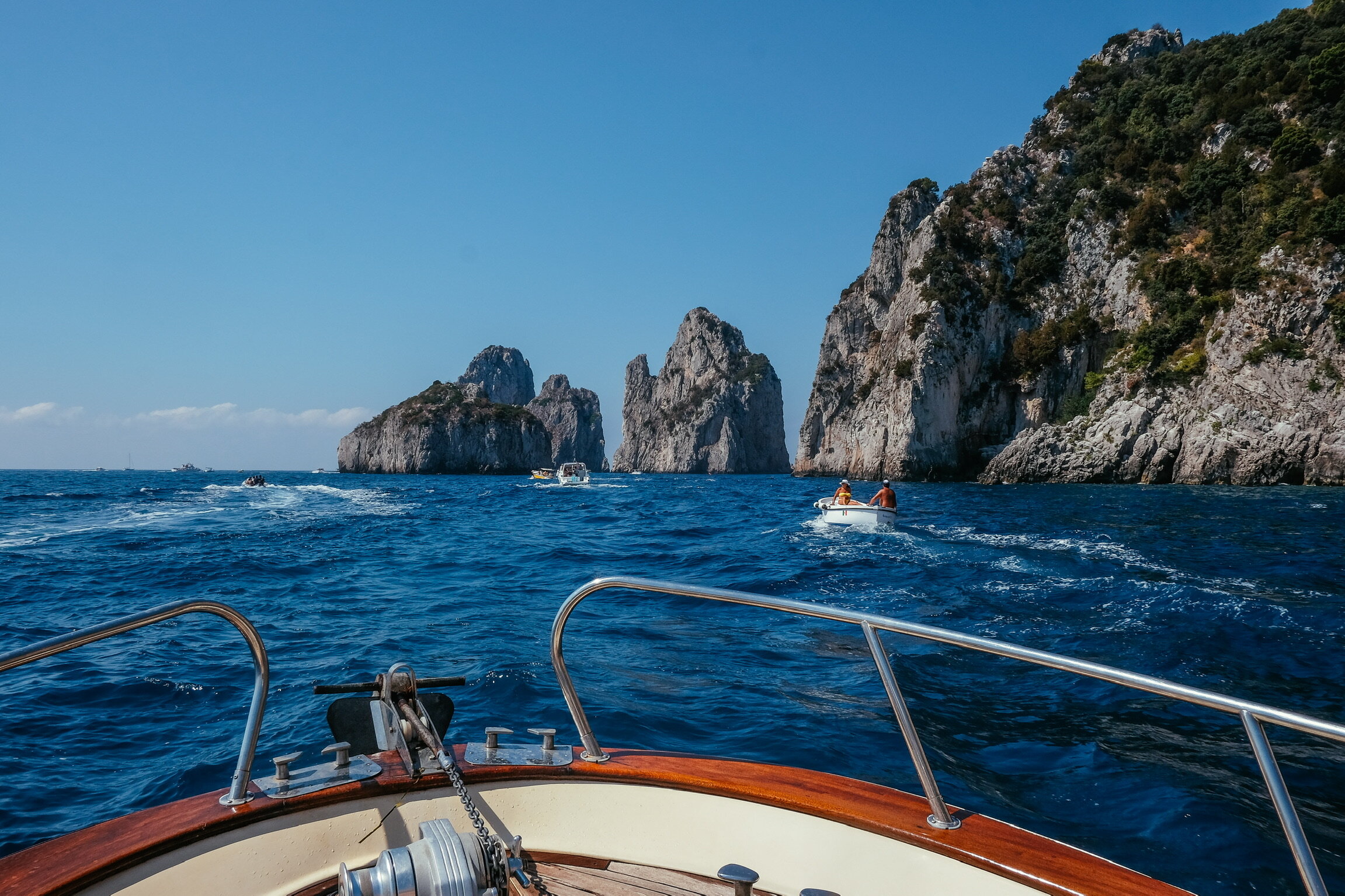Italy, Due South
The last time I wrote about Italy was around September of last year, right off of our trip to the Lombardy region that left me in an everlasting love affair with Milan. Since then, Greg and I joked about committing to vacationing in Italy for the next five years and even upping our Duo Lingo game to avoid embarrassment ordering our macchiatos. So when it came time to planning our summer holiday, it was only a matter of choosing the region and the route. Katie Parla’s Rome to Naples road trip inspired us to no end, so we booked our Smart Car, upgraded our Alitalia flights, prepared our appetites, and headed to Italy’s Amalfi Coast and Sorrentine Peninsula.
24 hours in Rome
We were excited to begin our road trip in Rome, the city we only remember as young teenagers from trips with our parents, long before we could comprehend all of its layers. With only one night in Rome, we made a point to anchor close to dining options and chose Trastevere, a bohemian foodie neighborhood near Vatican City. We didn’t hesitate to book a magically unique hotel, converted from a 17th-century convent, with a beautiful view of the city and even an active chapel on the bottom level. Donna Camilla Savelli is located near Trastevere’s famed Basilica de Santa Maria, and its marble hallways, courtyard gardens, and baroque heirloom decor warps you right back in time. The hotel is also only a few blocks away from highly regarded family restaurants, like Tonnarello, where standing in line for 15 minutes for a table becomes all too worth it as soon as you taste Cacio e Pepe. The next day, after taking advantage of the breakfast buffet in the hotel’s serene courtyard, Greg and I strolled to the Piazza di Santa Maria and snuck into Sunday mass inside the famed basilica just before strolling over to the Garibaldi Bridge, all within a short walking distance of the hotel.
The first stop on our route departing Rome was Parla’s lunch recommendation in the beautiful town of Olevano Romano, at Sora Maria e Arcangelo; an enoteca famous for its cannelloni and locally sourced fungi. Upon arrival, our Neapolitan waiter brought out the daily specials and a delicious plate of wild red mushrooms bathing in thick olive oil on a bed of crisp arugula - a dish Greg and I still think about.
Pit stop in Pompeii
Fueled up on an unforgettable lunch, we continued to head south towards the coast but not without a short but worthwhile stop in Pompei. It becomes evident very quickly that you can spend half the day just exploring the ancient ruins of the mysterious city, at times jarring and frightening, yet also beautiful and monumental. The area of excavated land is vast and the ruins are evidence of a well organized and prosperous city decimated by nature’s destruction centuries ago. Scratching only the surface, Greg and I visited Apollo’s Temple and admired modern sculptures that have recently activated the vacant spaces, before heading south towards Sorrento.
Home Base and Agriturismo in Sorrento
Sorrento, our home base for the rest of the week, is really where our Italian riviera beach vacation began. Overlooking the private beaches and port from the dramatic cliffs of the hilltop town, many Sorrentine hotels have a beautiful vista view of the water and Mount Vesuvius just ahead. There’s a collection of 4-5 star Manniello brand hotels that provide the full beach hotel experience, with beautifully ornate rooms, terrace balconies, and the famous European breakfast buffets. And, if you’re traveling during high-season as Greg and I did, I highly recommend booking a hotel (or a villa) with a pool. Many picturesque, written about, Insta-glorified beaches on the Amalfi coast are private and therefore come with a price tag (€ for entry, € for beach bed, € for towel, € for the lift). It seems that there are many different ways to tour the Amalfi Coast, and if you have a car and friendly initiative, locals are often keen to point you to public beaches with a smaller price tag and almost no tourists. But be aware, the Tyrrhenian Sea is not like the Caribbean (for those Americans reading this)...it’s not crystal clear and there are almost no sand beaches on this side of the Italian peninsula. Locals prefer to perch atop large rocks or on pier gettys overlooking the water at popular beach clubs like Peter’s Beach or Leonelli’s Beach in Sorrento.
And yet, despite all of these nuances visiting the beaches of Sorrento, lemon and citrus trees do abound and the views from the cliffs are mesmerizing. On our second full day, Greg and I booked a ‘lemon and cheese tour’ and spent our morning and afternoon on an intimate tour of a local family-owned lemon orchard and dairy farm, tasting sweet marmalade, limoncello, olive oil, mozzarella, and homemade provolone, after meeting recently almost-extinct cows and calves only 1 day old. Benedetto, our guide and proud third-generation cheesemaker, supplies dairy products to only 65 families in the region, including the famous Michelin-starred restaurants of Da Alfonso 1891. No matter where you decide to stay on the coast, I highly recommend participating in the agro-tourism culture of the region and if you’re looking to absorb it all, book a stay with a family where you can learn to cook and eat from the land together.
Exploring the Amalfi Region
Although the hot and sunny days are all starting to swim together now, a few recommendations and highlights from our trip are below in no particular order:
Invest your money in a private boat tour. It’s worth the experience and booking a private tour allows for you to go at your own pace and peacefully enjoy the grottos, swims, and secret beaches all along the coast. Greg and I did a Sorrento-->Capri boat tour for a full 8 hours with Capitano Ago and our favorite stops were, of course, the Faraglioni oceanic formations near Capri, and the Champagne Grotto. You’ll see why!
If renting a car, rent a microcar or scooter. This shouldn’t be news to anyone who’s traveled to Europe already, but renting a Smart Car for the duration of our trip was the best decision we ever made because it allowed us to venture at our own pace, traverse the wire-thin roads, and find parking quickly and easily.
Positano is a mess during high season, but one of the best meals we had on our trip was at Da Vincenzo’s. Hands down the best pasta I’ve ever had in my life, from this third-generation family-owned restaurant where I ordered the Fusillo de Ragu Napoletano.
Make reservations to the places on your list before you visit. I took this very seriously after I read a tip about the high season on the coast, and it’s very true: every single restaurant no matter how small, intimate, or fancy will ask if you have a reservation. And many won’t seat you if you do not. Exceptions are touristy cafes located on piazzas where you will undoubtedly overpay and under-appreciate your meal.
Make the trek to see the views and villas of Ravello. Ravello is truly magical and romantic; no surprise why many musical composers and famous actors have been inspired by this town over the centuries. Pay the extra euros to visit Villa Ruffalo for its luscious gardens and cliffside views and Villa Cimbrone for its sculptural balcony arcade and vistas.
Google Maps is your friend, sometimes. Google Maps will lead you to the town and city where you need to go, and at some point, you’ll be a pro with the autostrada, but many times the cultural site/cafe/beach club you’re looking for will actually be a conversation, question, and a scusami away. For many sites on the coast, you have to climb a staircase, take a lift, make the correct exit on the roundabout, or simply go exploring until you find it, and then only a smile and your good old gut will get you there. My best advice? Don’t try this during the high season unless you know where you’re going, otherwise, you’ll feel the frustration of all 97 degrees of heat upon you.
Take public transit when you can. Many tourists, American included, praise the train system in Europe for its efficiency and ease of use. Greg and I also took the public ferry (even with our suitcases) from Sorrento to Naples for one overnight stay, and it was also easy and more affordable than a private 70€ transfer. Keep in mind, though, there are often many layers of rules for public transport, i.e. printing out your tickets for scanning versus showing your digital ticket on your phone, paying for each bag (personal, carry-on, luggage) you bring on board, and making sure you keep track of your docks and destinations upon boarding.
After a few days, visiting a local grocer and eating on your terrace is better than any restaurant meal you could have. And that pretty much sums it up! Local grocers and salumerias carry many of the same condiments, meats, cheeses, fresh fruit and local olives that restaurants do, so why not take it easy one night and picnic?
Invest in good walking shoes. Like other rocky rivieras, the Amalfi coast is a hilltop collection of cobblestone ups and downs, twists and turns, and virtually no one is walking around trying to impress each other in heels.
I’m sure there’s much more advice I can give, apart from what’s already been written, but I’ll leave you with a very short synthesis of our one night in Naples city, our last leg of the summer trip, and a few words of encouragement. Eat all of the pizza (or pasta), fall asleep under the sun, slurp the olive oil, get salt in your hair, feast also with your eyes, and finally, don’t be afraid to improvise.
Bon Viaggio!
xoxo












